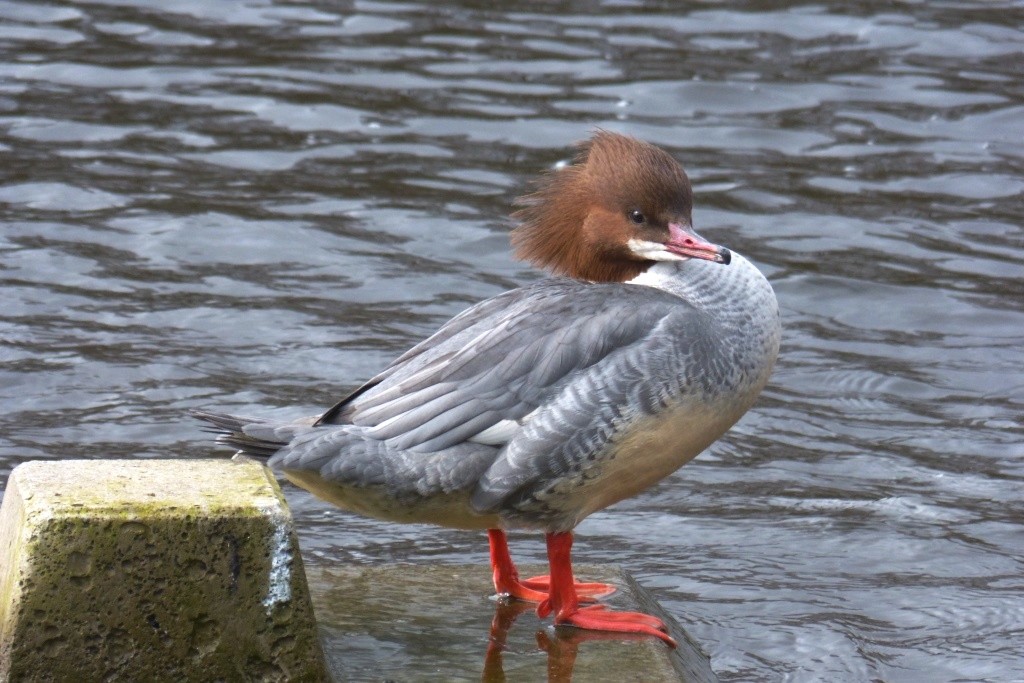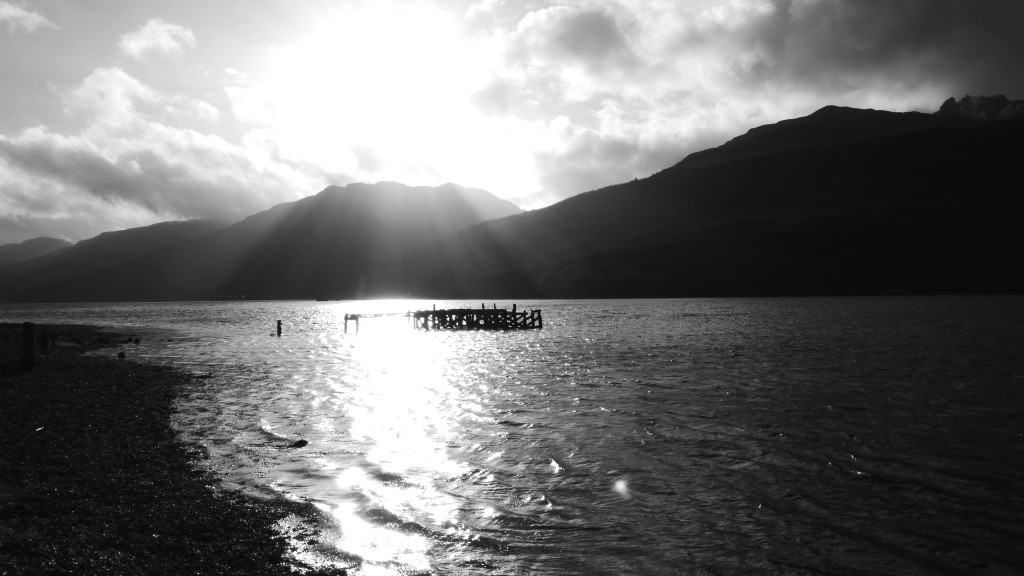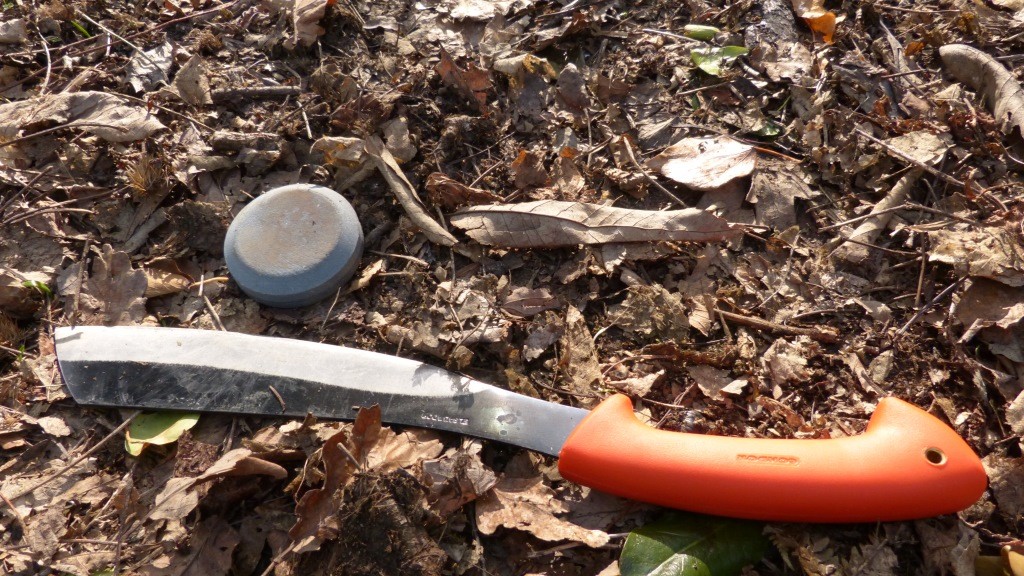By Sean Fagan

Looking down along the mountainous eastern flank of Loch Lomond - from the fantastically named Glen Falloch (Gaelic: The Hidden Glen). The far mountain to the right is the famous Ben Lomond (974m) - the most southerly of the famous Scottish Munroes (Scottish mountains over 3,000ft - 914m). There are 282 Munros in Scotland! (Photo: Sean Fagan).
.
.
Be flexible…
.
Recently I went on a 4-day camping trip to the Scottish highlands.
It was my second time to Scotland and I was really looking forward to hiking some modest mountains in Loch Lomond & the Trossochs National Park (situated on the southerly end of the Scottish highlands).
My overall plan is to gradually become familiar with the Scottish highlands through repeated visits – starting in the south and gradually creeping northwards (a very doable, long-term plan as I’m only a cheap, 1 hour flight away to Glasgow).
However, when I arrived in Scotland I quickly realised that my plans would have to change, and change a lot...

The Scottish Highlands has plenty of wildlife. It was great to get so near this female goosander (Mergus merganser) on Loch Lomond - as goosanders are quite uncommon in my home country of Ireland. Just look at that beautiful rusty, cinnamon head - a great defining feature of female goosanders (Photo: Sean Fagan).
.
A Change of Plans...
.
Before I left for my trip to Scotland I had a mild viral infection that left me pretty fatigued. I also had a fluctuating high temperate.
I had booked the plane tickets to Scotland well in advance - and I still wanted to see the amazing Scottish Highlands.
However, when I arrived at the town of Balloch, near the shores of Loch Lomond - I soon realised I was still feeling very much under par.
There was no point in hiking in the mountains as I risked becoming more ill – and that was the last thing I wanted.
Plus, whenever I have a viral infection I find it harder to keep warm – which can be a serious liability on remote, chilly mountains.
So I had to really scale back my plans and come up with something more achievable.
Make no mistake about it – I was very disappointed I couldn’t do some proper hiking.
.

Last light over the wonderful Loch Long - a 20 mile long sea loch (fjord) that terminates inland at Arrochar village (Photo: Sean Fagan).
.
Making a Plan
.
So I had a mild viral infection.
I still wanted to go exploring but not stretch myself too much.
So I went to a local pub, sat down, ordered a coffee and came up with an alternative plan that would be kinder to my body.
I decided to do the following:
- Continue my exploration of Scotland but on a more modest scale. Basically, I decided to wild camp near a town – and every morning go on a day trip to a remote Scottish village in the highlands by train. Once there, I would hike around the locality and return by train that evening.
- Mostly hike on flat surfaces such as roads and trails at the bottom of valleys.
- Pick out the mountains I really liked for future hikes. I love mountains for a number of reasons but the height of a mountain is very much a distant second as to why I would climb a mountain. I hike mountains that I perceive as having character. It might be unusual geology, the amazing views from its peak, a craggy knife-ridge that begs to be passed or even its rich history as indicated by its old place names. It has to be something more than just its impressive height that draws me up the steep flanks of a mountain.
- Route plan future hikes. Closely linked to the previous point is route planning. My modest hikes brought me to the valley bottoms of some spectacular mountain country. Thankfully the weather during my visit was mostly clear skies. From the valley bottoms I was able to plan routes up mountains I wanted to hike in the future. I also did a reconnaissance of what provisions were available in each village - was there a good food shop? Were there local ferries and buses available for more local exploration of the area? Were there canoes available for hire for future canoe-camping trips? etc.
If you want to learn more about route planning for mountains check out this excellent link from Mountaineering Scotland here.
.
Overall I had a great time.
But a huge part of my enjoyment was being able to follow my original goals of exploring the Scottish Highlands, albeit on a much smaller scale. That information I gathered will stand me in great stead next time I visit Scotland (which will thankfully be soon enough).
.
Summary
Back up Plans are Important
.
Something I’ve learned from travelling over the years – and this especially applies to those that seek bushcraft and adventuring trips into wild places – is that having a back-up plan is a great idea.
This often means doing simple, more doable plans that have a far greater chance of success than more ambitious plans.
That way, if things go awry (which they often do) you can take the pressure off yourself a little and not get so bent out of shape when things don’t go your way.
This is important.
This flexible way of approaching the outdoors is a good habit to develop and hone.
Flexible-thinking is absolutely essential when the stakes are higher - such as a survival scenario in nature - where every decision such as planning a route towards rescue, is crucially important.
And that kind of flexible thinking originates a lot from being honest with yourself.
.
Am I physically able to do this hike?
What are the risks?
Can I safely hike at night if necessary?
Will I take a rest now?
Am I properly hydrated?
These seemingly innocuous questions, when outdoors, are important - and can only be answered when being honest with yourself.
One thing I've learned about visiting remote wild places - is to park the ego at home.
.
.
"An inflexible tree breaks in a storm" ~ Matshona Dhliwayo
.
.
Related articles on this website:
.
*Check us out on Instagram, Twitter & Facebook for more outdoor-related topics..
*Next Blog: My First Parang.In my next blog I'll be sharing with you my experience with my first parang - an amazingly versatile and effective cutting tool of bushcraft. I'll also be sharing some parang techniques and safety tips.

My first parang (beside a sharpening puck). Parangs are widely considered the cutting tool of choice in rain-forests (along with the machete). They can also be used, quite effectively, in temperate woodlands (Photo: Sean Fagan).

Recent Comments